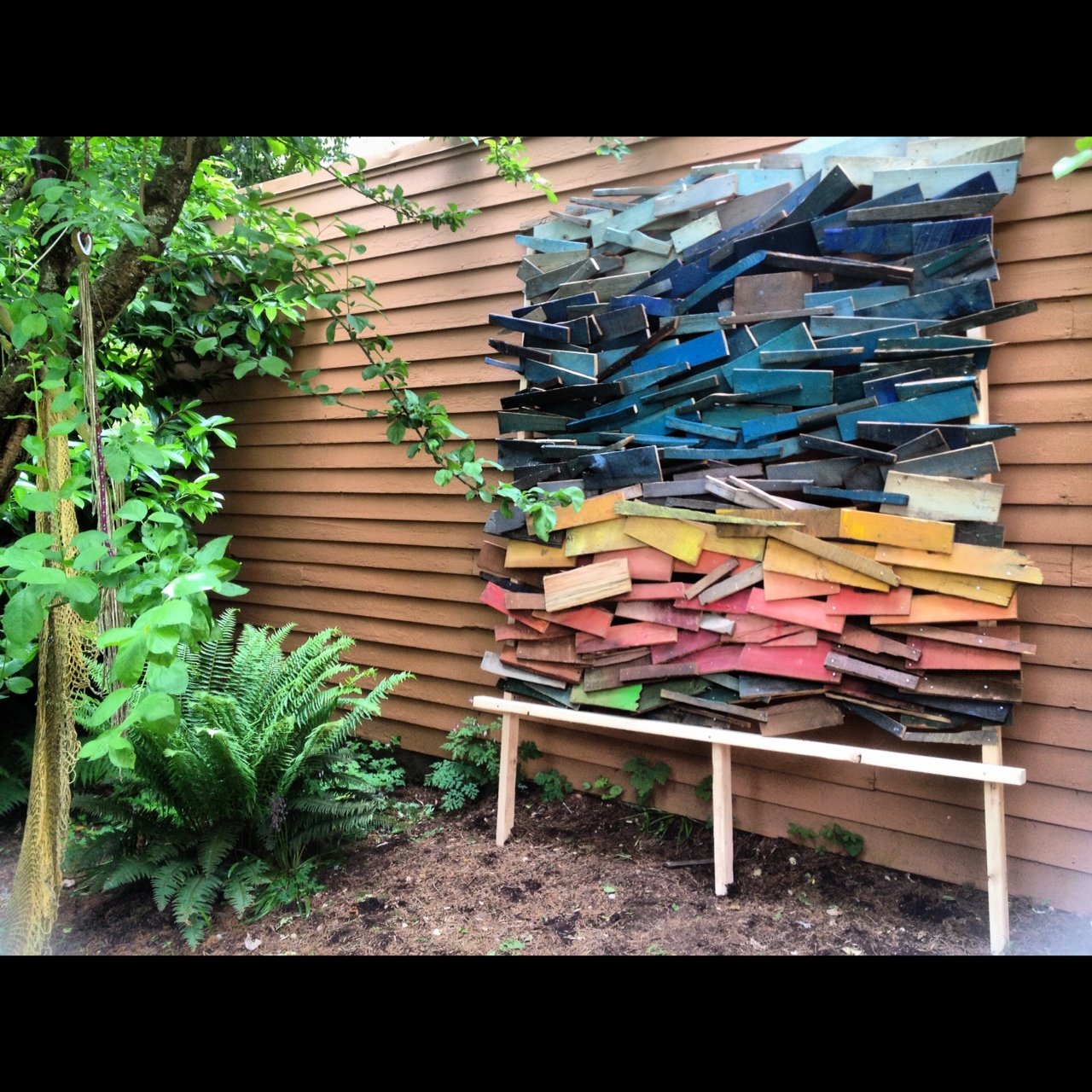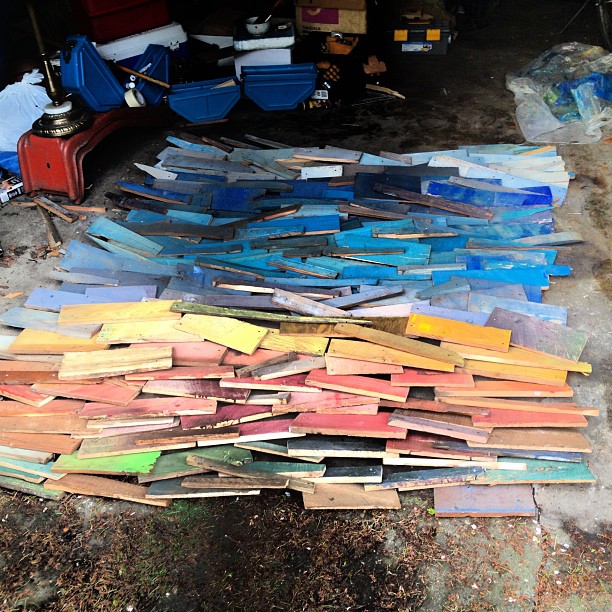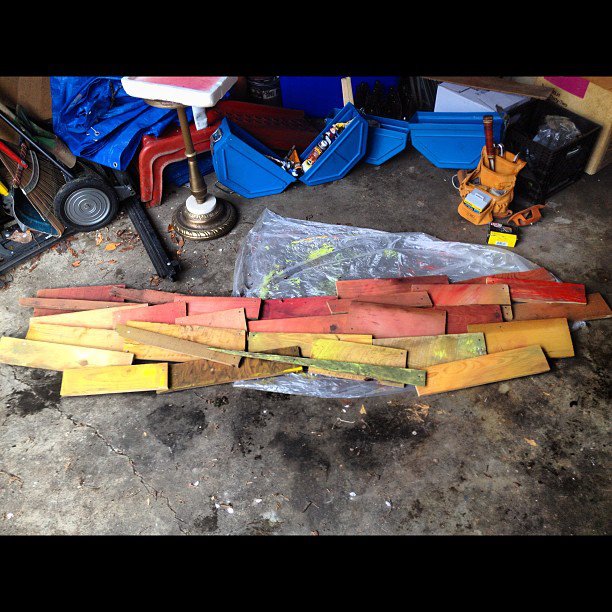What is tonicization? Happy Birthday!
Chances are that you already know what tonicization is, only you may call it something different or may not have a name for it at all. Tonicization is among the most fundamental of concepts in music theory, but initially it can be hard to wrap your mind around. In early maths, many children struggle with fractions. Similarly, many new students to music find the subject of tonicization confusing. However, just like with fractions, once one is able to connect their intuitive understanding to the nomenclature epiphany ensues.
So what do we know intuitively? We know how to re-orient a melody around a particular “central” note. As an example of this, let us take the spontaneous choir that manifests itself at birthday parties all over the United States. Someone, pretty randomly, picks a lowish-note to start the “haaaaaappy birthday” melody, and everybody joins in by about the end of the first word. Well, I can guarantee you that the instigators of this ceremonial chant in each instance are not somehow miraculously picking the exact same note to start on. The entire melody that proceeds from the first note uttered must be adjusted, up or down, to match the precise permutation of intervals over time that we call “Happy Birthday.”
For a few notable reasons “Happy Birthday” is extremely well designed for the uses we put it to. As a courtesy to the unwitting chorus about to be called into action, the first person to sing will draw out the first melody note on “haaaaappy” to give new-joiners the opportunity to re-orient their tonal center. This is done in many churches too, as an organ player draws out the first few notes of a phrase to get the rest of the parishioners on the same tonal page. A further assistance is provided, in that the first melody note in “Happy Birthday” is the fifth note in the major scale of whatever key the song is being performed in (which is often random, as afore mentioned). The fifth note of all the notes in the scale, wants to resolve to the first note in the scale, the tonal center, the most. The sound of these two notes in sequence (5, 1) references a more complex chordal interaction, which combines 5,1 root motion with something called tritone resolution. This “chord-change” is so commonly heard by audiences of the Western musical tradition that it is precedented in our minds, even when we only hear the root motion or tritone resolution separately. The use of the 5th note in the scale as a first melody note is often called a “pick-up” note, as it allows others who would join you the opportunity to “pick-up” the tune. It tells you what the next note will be (the one).
There are 12 notes in western music. Any of them could be the “one.” The “one” is the tonic. It is the note by which all others are compared. The context in which all other notes are compared to a given tonic is called the “key,” and it is named after the tonic itself. For instance, if we’re in the key of F# then all other notes are oriented around the note F# and F# is the tonic.
For many, the idioms of “home-base” or “home-note” are useful analogies for the tonic.
The act of making one or another note the tonal center is called “tonicization.”
Leonardo Da Vinci: art, math, and music embodied
We can’t talk about the intersection of art, math, and music without addressing the elephant in the room. Leonardo Da Vinci we’re looking at you, sir.
He was an author, naturalist, map-maker, geologist, anatomist, inventor, mathematician, engineer, architect, painter, bosssssss. That’s who he was. Just the most diversely talented individual of all time, by many accounts. That’s all.
He was the humanist ideal, and was the original “Renaissance Man.”
According to art historian Helen Gardner, the scope and depth of his interests were without precedent and “his mind and personality seem to us superhuman, the man himself mysterious and remote”.
Leonardo’s formal training in the anatomy of the human body began with his apprenticeship to Andrea Del Verocchio. Andrea insisted that all his pupils learn anatomy. As a student he did many drawings of tendons, ligaments, muscles, and bones.
As a successful artist, he was given permission to dissect human corpses at the Hospital of Maria Nuova in Florence and later at hospitals in Milan and Rome.
It’s extremely important to learn about these vessels which house our souls. If you’d like to learn more about the human body, check out this course on the anatomy of the human body.
Practicing With A Piano, even if you’re not a piano player

You should practice with a piano, even if you’re not a piano player.
Here’s a nice little course to get you started.
They go through the basics of learning the piano by ear. You’ll learn piano chords fast. They start with just the notes of the piano, work up to scales, and then to chords and songs.
The piano is one of the simplest, and most elegant visualizations of the Western musical system that has ever been devised.

I like to go through all my Perfect and Major intervals first, as an ear training exercise. The course above can help elucidate what intervals are to a great degree, but for our purposes they are two note combinations. Once I’ve exhausted the major scale intervals, I turn to the minor and diminished intervals. Once warm, I like to throw in cluster chords at the top and bottom of the piano range. A cluster chord is a grouping of 3 or more notes on the piano that are close together, spatially. Trying to pick out the smaller intervals that make up the cluster chord, by ear, is great exercise.
Land of the Living Album Release
We’ve started a new band called Land of the Living. The music has been described as the bastard child of The Allman Brothers and Motorhead.
We put together a Kickstarter to pay for the new album. We asked for $5,000, but generated a whopping $8,300 with the help of supportive fans. We had a record release party at Music Millenium in Portland, Oregon. The album got picked up for an awesome review by the Cascade Blues Association, after it was released.
We’ve started a Facebook page, and are excited that we now have a great place to organize all of our content. Head on over there and give us a Like because we’re going to be updating that page a lot with great new content and giving away merchandise likes these records, shirts, and posters.
We’ve also started a Bandcamp page, where you can listen to some of our new songs for free! We have the record, as well as other merchandise, for purchase on that page.
Our new homepage is LandoftheLivingmusic.com, please check that out too because we’re going to be posting shows and special blog posts there.
Digitized Prismatic Painting
An engineer buddy of mine who works at Indeed digitally recreated the mural I have up on a wall there in the Austin office.
Here it is
Here’s the original
Finished the wooden landscape abstract

Well, this hunk-a-junk is finally out of our garage here in beautiful Portland, OR. For too long it dominated much of the precious garage floor space, so coveted by roommates in need easy access to bicycles. Done now, though. I’m gonna put a hammock in between the trees in front of it too.
I just painted pieces of wood and nailed them together.






